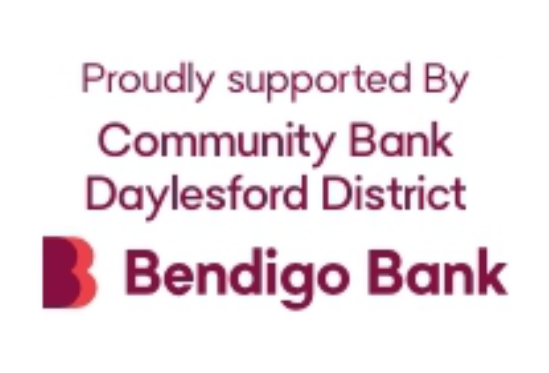Hepburn Shire’s finances are unsustainable.
Over the past decade Council expenditure has gone up faster than income. Until three years ago Council was regularly reporting a healthy surplus.
But since then Council has continually been in the red. The 2024/25 budget papers forecast the 23/24 year deficit at over $2 million, which is more than 15 per cent of the income from rates and fees. (The final audited result for 2023/24 is yet to be published but the Draft Financial Vision 2024-2027 to be considered at a the Special Council Meeting on September 10 show a projected deficit of $9.9 million).
Without change the situation will get worse. Deficits are projected to continue for the foreseeable future. Council’s recent round of community consultation quantified the ongoing annual cash shortfall at $4 million. Council finances are unsustainable without either significantly increased revenue or spending cuts.
Costs have blown out partly because of unforeseen events like storms and floods. But there has also been a significant increase in staff and material costs.
Hepburn Shire struggles because it has a small revenue base, with a widely dispersed, under-utilised and duplicated services for community hubs, libraries, sporting facilities and swimming pools across five small communities, a high load of deteriorating roads, bridges and buildings and a large environmental footprint to look after.
Council now has almost no cash reserves to respond to emergencies or to match funding for grants from the Commonwealth and the State.
Without substantial change, increasingly borrowing will be required for Council to remain financially viable in the immediate future.
Because Council rates are capped by the Victorian Government, it is proposing to lobby for a rate increase beyond the cap. If they are successful costs will go up significantly for local residents.
However, any increase beyond the cap will require the Victorian Essential Services Commission to agree and there is no guarantee they will agree.
Nor does Council think it can raise significant additional revenue from other sources.
Instead, even if some increase is allowed by the Essential Services Commission, it is likely that Council will have to find substantial savings to go with it.
Currently, Council services broadly fall into four categories:
- Assets and roads
- Waste management and environmental services
- Community, business, recreation and public health services
- Administration and planning
Waste management largely pays for itself as charges are outside the rate cap. Asset maintenance and roads are already severely stretched. That leaves Community, business, recreation and public health services and administration and planning.
To address the deficit and return to sustainability Council would have to reduce expenditure by around 15 per cent. Savings of that magnitude would require redundancies and rationalisation of services such as sporting and swimming facilities, recreational and cultural programs, business services, customer and administrative support and some environmental initiatives. Although desirable and popular many of Council’s activities and services are discretionary.
Other small rural Councils and their communities have had to face up to these difficult choices and change their expectations. Like any organisation Council’s strategies and priorities must align with its financial capacity. A focus on mandated, core business is essential if Council is to be viable.
The new councillor group will face some serious challenges as it set the roadmap for the next four years. They will need to focus on the core business of Council and not be distracted by social or political agendas.
Council is due to adopt a 10 year financial strategy on the 10th September. It will be important that it is honest with the community and itself in addressing these issues.
Council will consider the Draft Financial Vision 2024-2027 at a Special Council Meeting on September 10 starting at 2:00 pm in the Council Chambers at 24 Vincent St, Daylesford.
The meeting is open to the public. To view the Special Council Meeting agenda and Draft Financial Vision, visit Agendas and minutes. To register to attend the Special Council Meeting, visit Public participation.











